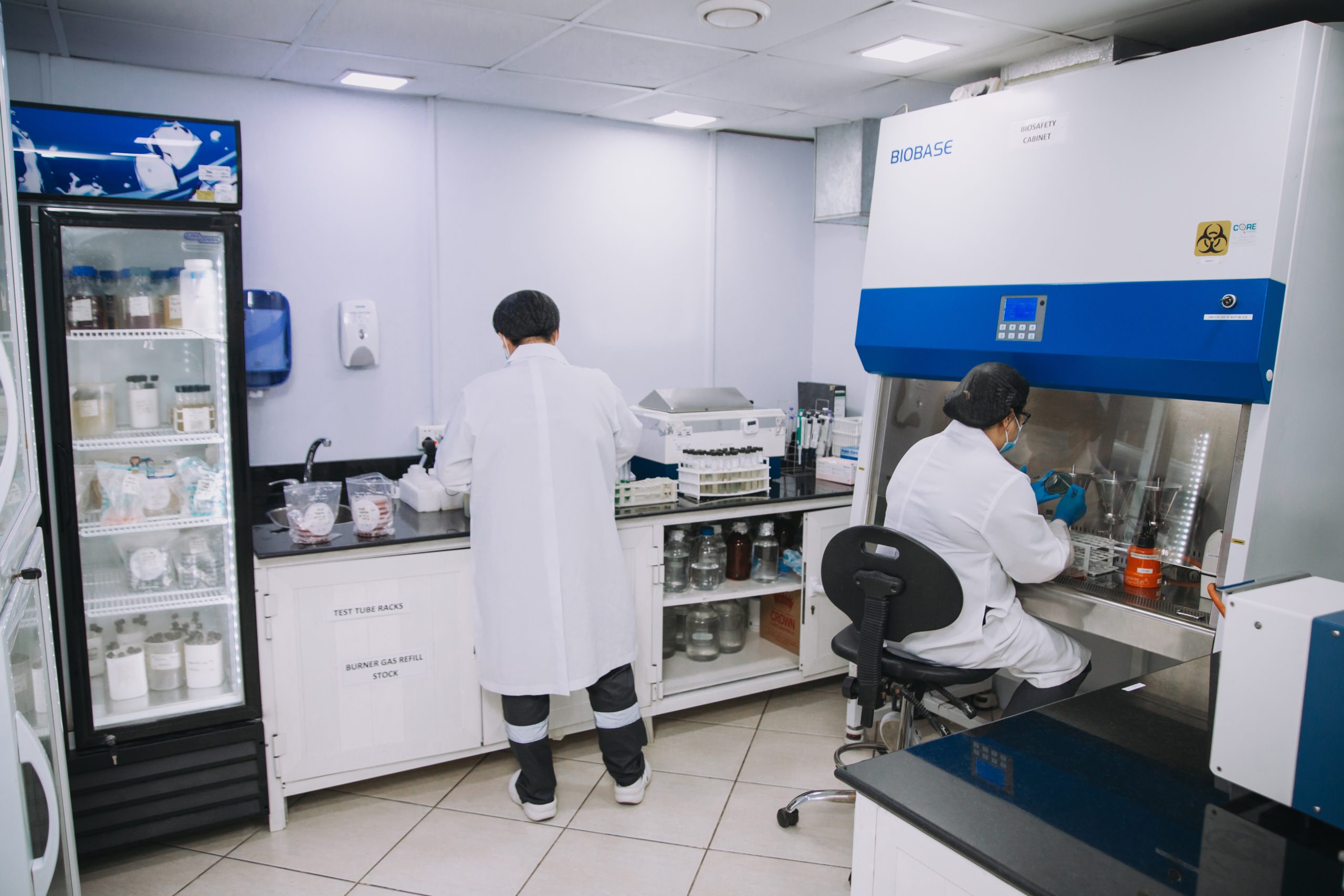
MICROBIOLOGICAL TESTING
Microbiological analysis covers the use of biological methods for the detection, identification or enumeration of microorganisms. It is often applied to disease causing and spoilage microorganisms.
Microorganisms can be studied using a range of technologies, most commonly microbial cultures.
Microorganisms can be studied using a range of technologies, most commonly microbial cultures.
Microbial cultures are a way of multiplying microorganisms by growing them in specific culture media, which may be liquid or solid, under controlled laboratory conditions. They are used to determine the type of organism, its abundance in the sample being tested, and its susceptibility to antimicrobial agents. They may be quantitative, but more often are qualitative assays that simply determine the presence or absence of the analyte of interest.
Microbiology has many important applications in the medical, environmental, food, agriculture, chemical and biotechnology industries.
In the food industry, microbiological tests are essential to prevent spoilage and maintain food safety. This includes the identification of pathogens that may pose a risk to human health in food products, and the investigation of food poisoning outbreaks to determine their causes and prevent recurrence.
Microbiological water analysis is a method of analyzing water to estimate the numbers of bacteria present and to allow for the recovery of microorganisms to identify them.
The method of examination can be the plate count. The plate count method relies on bacteria growing a colony on a nutrient medium, so that the colony becomes visible to the naked eye, and the number of colonies on a plate can be counted. Another kind of method includes filtration, whereby sample volumes of 100 mL (or greater) are vacuum filtered through purpose-made membrane filters, and these filters are themselves laid on nutrient medium within sealed plates. A nonselective medium is used to obtain a total enumeration of the sample (called a heterotrophic plate count). When it is desirable to obtain a specific bacterial species, a selective medium can be used.
Sometimes testing requires an examination of indicator microorganisms. Indicator organisms are bacteria such as nonspecific coliforms, E. coli and P. aeruginosa that are very commonly found in the human or animal gut and which, if detected, may suggest the presence of sewage.
Microbiology has many important applications in the medical, environmental, food, agriculture, chemical and biotechnology industries.
In the food industry, microbiological tests are essential to prevent spoilage and maintain food safety. This includes the identification of pathogens that may pose a risk to human health in food products, and the investigation of food poisoning outbreaks to determine their causes and prevent recurrence.
Microbiological water analysis is a method of analyzing water to estimate the numbers of bacteria present and to allow for the recovery of microorganisms to identify them.
The method of examination can be the plate count. The plate count method relies on bacteria growing a colony on a nutrient medium, so that the colony becomes visible to the naked eye, and the number of colonies on a plate can be counted. Another kind of method includes filtration, whereby sample volumes of 100 mL (or greater) are vacuum filtered through purpose-made membrane filters, and these filters are themselves laid on nutrient medium within sealed plates. A nonselective medium is used to obtain a total enumeration of the sample (called a heterotrophic plate count). When it is desirable to obtain a specific bacterial species, a selective medium can be used.
Sometimes testing requires an examination of indicator microorganisms. Indicator organisms are bacteria such as nonspecific coliforms, E. coli and P. aeruginosa that are very commonly found in the human or animal gut and which, if detected, may suggest the presence of sewage.

